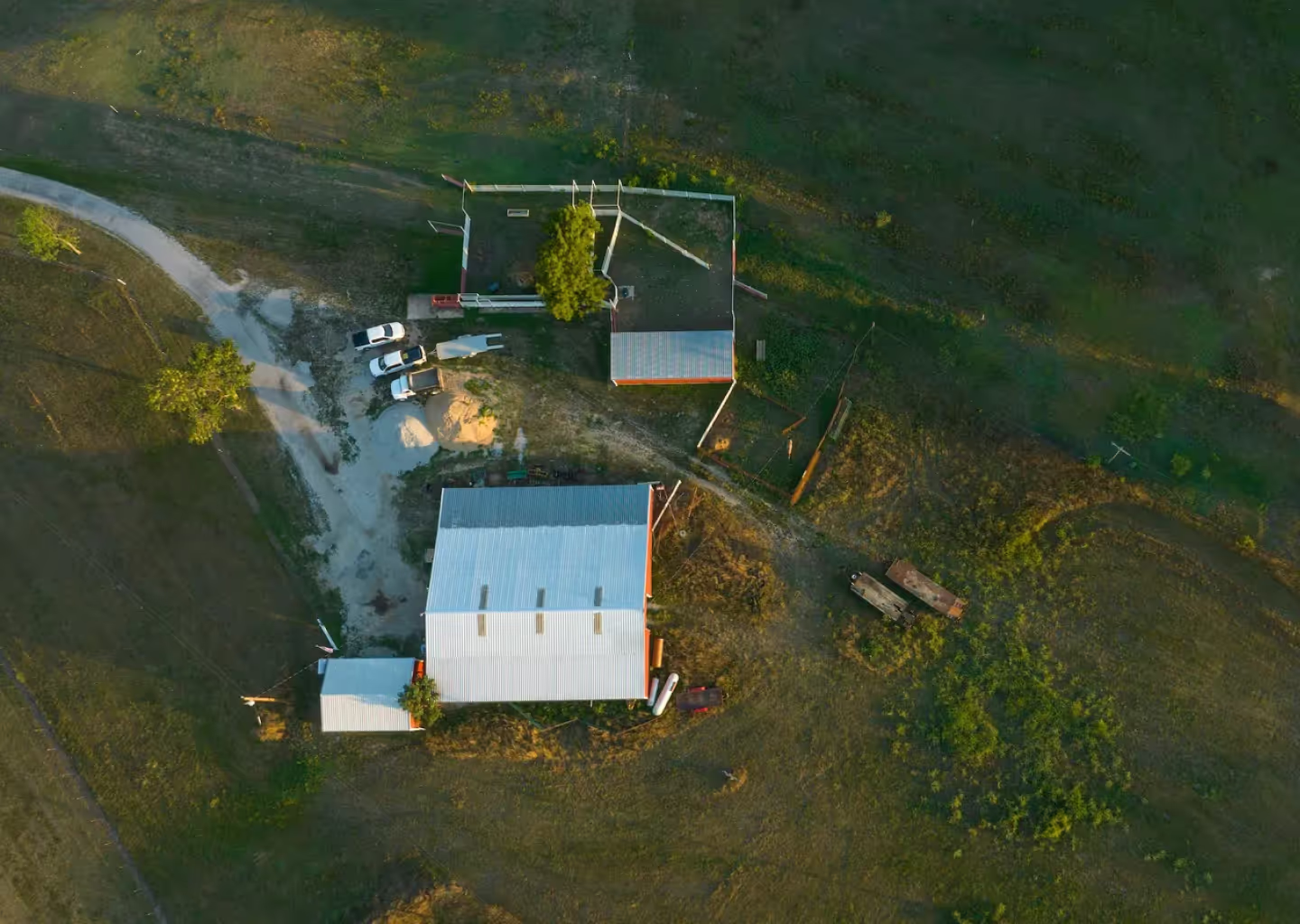As a farmer or rancher, knowing your soil is vital to how you use your land – you wouldn’t want to waste your time and resources planting crops in an area they ultimately won’t be able to grow in. But, how do you truly know your soil? It comes down to three things; experience, intuition, and science. In most cases, farmers and ranchers have the first two down, and you can’t underestimate the importance of experience and intuition, but by learning the land capability classification, you can take your land management practices one step further, ensuring your resources are used in the best way possible.
What Is The Land Capability Classification System?
Without careful planning, repeated agricultural use of the same plot of land can cause the soil’s quality to diminish. The Land Capability Classification System, LCC for short, was created to help combat this. LCC groups soils based on their suitability for certain uses and risk of deterioration. Land capability, then, is defined as the amount of use a piece of land can withstand before becoming irreversibly damaged (most often by erosion).
Though LLC is by no means a new system – it was established back in 1939 – Federal and State agencies have increasingly been relying on land capability when creating policies and planning how to best use the land. And we aren’t the only country using the LCC system. While it was originally created by the U.S. Soil Conservation Service, LCC is now being used around the world.
LCC Classes
Under the land capability classification system, a piece of land can be categorized into one of eight groups. Classes I – IV describe arable land, meaning the land is suitable for growing crops. As the classes increase from I to IV, so do the limitations on the soil’s use and the conservation measures needed. Classes V – VIII, on the other hand, are not suitable for cropland, but that doesn’t mean they don’t have a use. Soils in these classes can be utilized for pasture, range, woodland, grazing, wildlife, recreation, and aesthetic purposes.
Each class contains multiple soil types. To help decide which class an area falls into, researchers look at the soil’s location, slope, depth, texture, and pH. This will help them determine the erosion or erosion hazard, whether or not the area is subject to severe climate conditions, the soil’s moisture capacity, how stony the earth is, how well the soil can maintain nutrients, etc.
- Class I: These soils can have slight restrictions that limit their use.
- Class II: These soils have moderate restrictions that limit plant choice or necessitate moderate conservation practices.
- Class III: These soils have severe limitations that restrict plant choice, require special conservation practices, or both.
- Class IV: These soils have very severe limitations that reduce plant choice, require very careful management, or both.
- Class V: These soils have little to no hazard of erosion but are impractical to remove and have other limitations, restricting their use to pasture, rangeland, forestland, or wildlife habitat.
- Class VI: These soils have severe limitations that make them unsuitable for cultivation and limit their use mainly to pasture, rangeland, forestland, or wildlife habitat
- Class VII: These soils have very severe limitations that make them unsuitable for cultivation and limit their use mainly to pasture, rangeland, forestland, or wildlife habitat
- Class VIII: These soils have such severe limitations they cannot be used for commercial plant production, restricting their use to recreation, wildlife habitat, water supply, or aesthetic purposes.
LCC Subclasses
Within each broad land capability classification are four subclasses that group areas with the same types of chief restrictions for agricultural use. (Class I soils do not have subclasses, as they have only slight restrictions (or none at all) and are fully capable of growing crops.)
- Subclass e: Subclass e includes soils where past erosion or the potential for erosion is the primary concern. To counter this risk, close-growing plant cover must be maintained and additional conservation practices are needed for cultivation.
- Subclass w: Subclass w includes soils where excess water is the main issue limiting their ability to produce crops. This could be caused by poor soil drainage, wetness, a high water table, or overflow. (Depending on the cause and the area, the excess water may be able to be controlled by artificial drainage.)
- Subclass s: Subclass s includes soils in which the primary limiting factor is an issue with the rooting zone, the depth of soil that crops can extract nutrients and water from. This includes soils that are droughty, stony, or shallow.
- Subclass c: Subclass c includes soils where the climate is the driving factor limiting crop production, including soils in very cold and very dry areas.
Learn More About Your Land With Land id®
By learning the land capability classification of your property, you’ll be able to utilize your resources far more effectively. The question is, how do you find out what the LCC for a section of land is? The simplest solution? Utilize Land id® (formerly MapRight) soil reports! With the click of a button, you’ll be able to learn everything there is to know about the earth. The reports will instantly show you the soil class and subclass, tell you the capabilities of each, and even give you the NCCPI ratings and the WAPI values. With this information at your fingertips, planning how you use your land has never been easier.
Want to learn more about your property? Start your 14-day free trial now!
FAQs

Continue Reading





